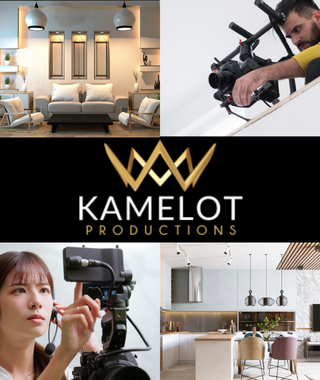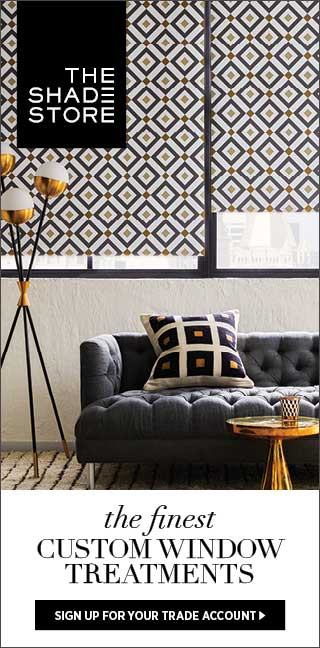May Musings: Show House Wisdom and Sustainable Design Trends!

Practicing Interior Design AND Sustainability
“We don’t have to engage in grand, heroic actions to participate in change. Small acts, when multiplied by millions of people, can transform the world.” –Howard Zinn, American Historian, Playwright, Philosopher, Socialist Intellectual and World War II Veteran
Being more environmentally friendly as an interior designer doesn’t require you to make big changes in your business model all at once. No one is asking you to only work with retailers who solely source nontoxic wood for furniture or to discard of all fabrics in your design catalog that may use chemicals.
You can take small steps. We can all take small steps. And small steps can help make a change—not only for our planet, but for our personal well-being and our businesses.
During the Spring High Point Market last month, one trend noticed throughout the biannual event was the practice of sourcing more sustainable products and keeping environmentally friendly options top of mind.
And one person who definitely noticed this lean toward more sustainable options in the interior design world was High Point, North Carolina, native Julia Eanes, who also happens to be a marketing specialist with the Sustainable Furnishings Council.
“A lot of different showrooms, manufacturers and suppliers were displaying pieces from old collections or archived textiles from like 100 years ago,” Eanes says, “recreating new fabrics with them and reupholstering furniture from the 1960s, so there was a lot of ‘what’s old is new.’
We recently had the pleasure of inviting Eanes for an interview. With her extensive sustainability experience and certification as an RIDQC interior designer, she brings a unique perspective to our discussions. Scroll down to discover more about her journey.
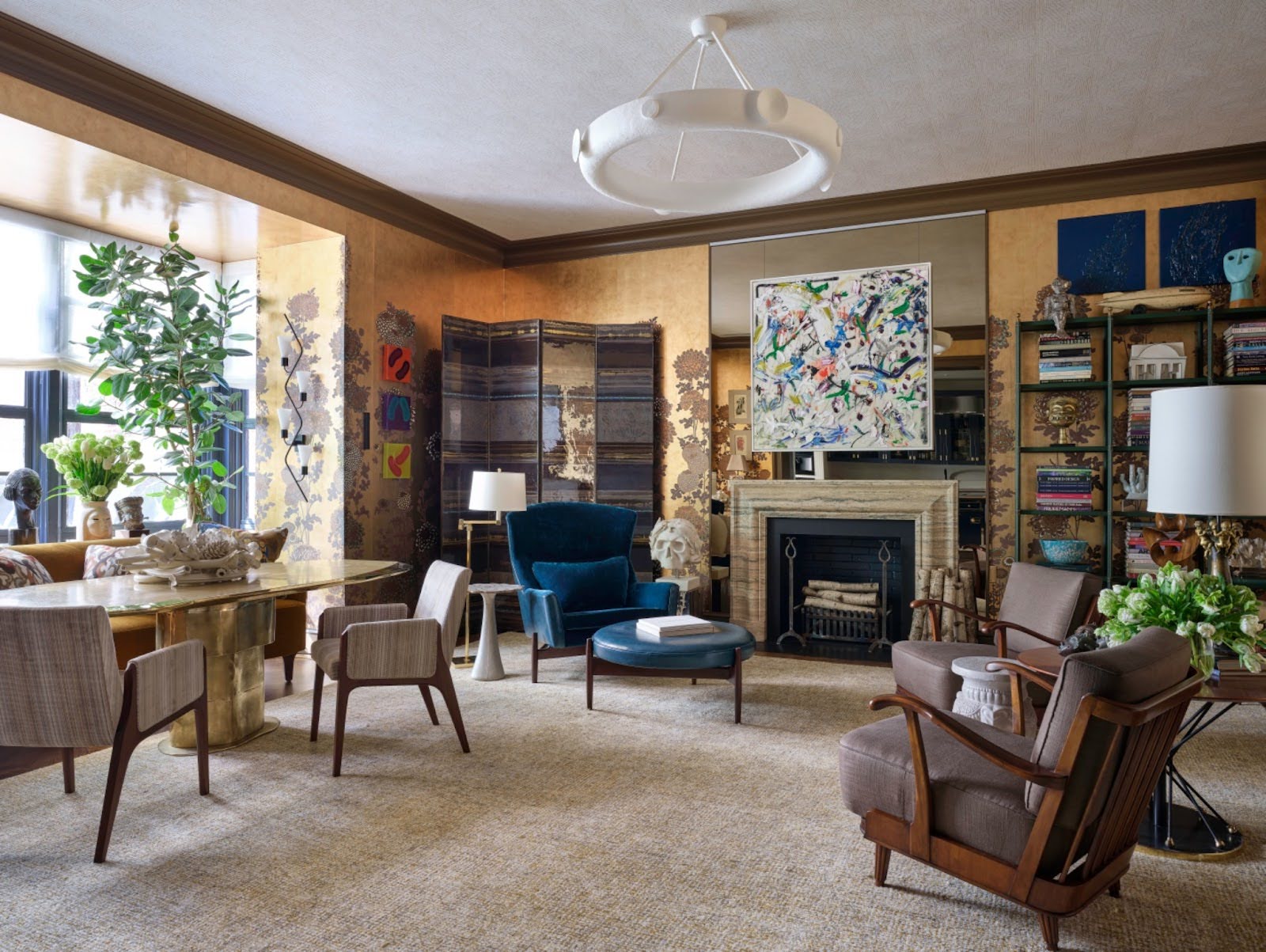
Alan Tanksley’s Salon at this year’s Kips Bay Decorator Show House. The event runs through May 28th at 125 East 65th Street. Tickets and more information on the event’s website. Photo credit: Nickolas Sargent
Some Thoughts On… Show Houses
By Carl Dellatore
 If my memory serves me correctly, I attended the Kips Bay Decorator Show House in New York City for the first time in 1988, and while I can’t remember the designers who participated that year, I vividly recall how awestruck I was. And so short of the pandemic years (and one year I was out of town for work), I have attended every year since.
If my memory serves me correctly, I attended the Kips Bay Decorator Show House in New York City for the first time in 1988, and while I can’t remember the designers who participated that year, I vividly recall how awestruck I was. And so short of the pandemic years (and one year I was out of town for work), I have attended every year since.
Each spring, 18 (or so) remarkably talented designers and decorators come together to lavish their creativity on a New York City townhouse in support of the Kips Bay Boys & Girls Club, with the money raised by ticket sales for those who visit.
I’ve seen many extraordinary rooms and been inspired by an equal number of ideas, from conceptual flights of fancy to bedrooms I would have given anything to sleep in, even if just for one night. One memorable year, I encountered the late Mario Buatta on the street outside the house; after a brief conversation, he invited me to join him for a tour. I will never forget his kindness that day, shepherding this industry newcomer through the Park Avenue home.
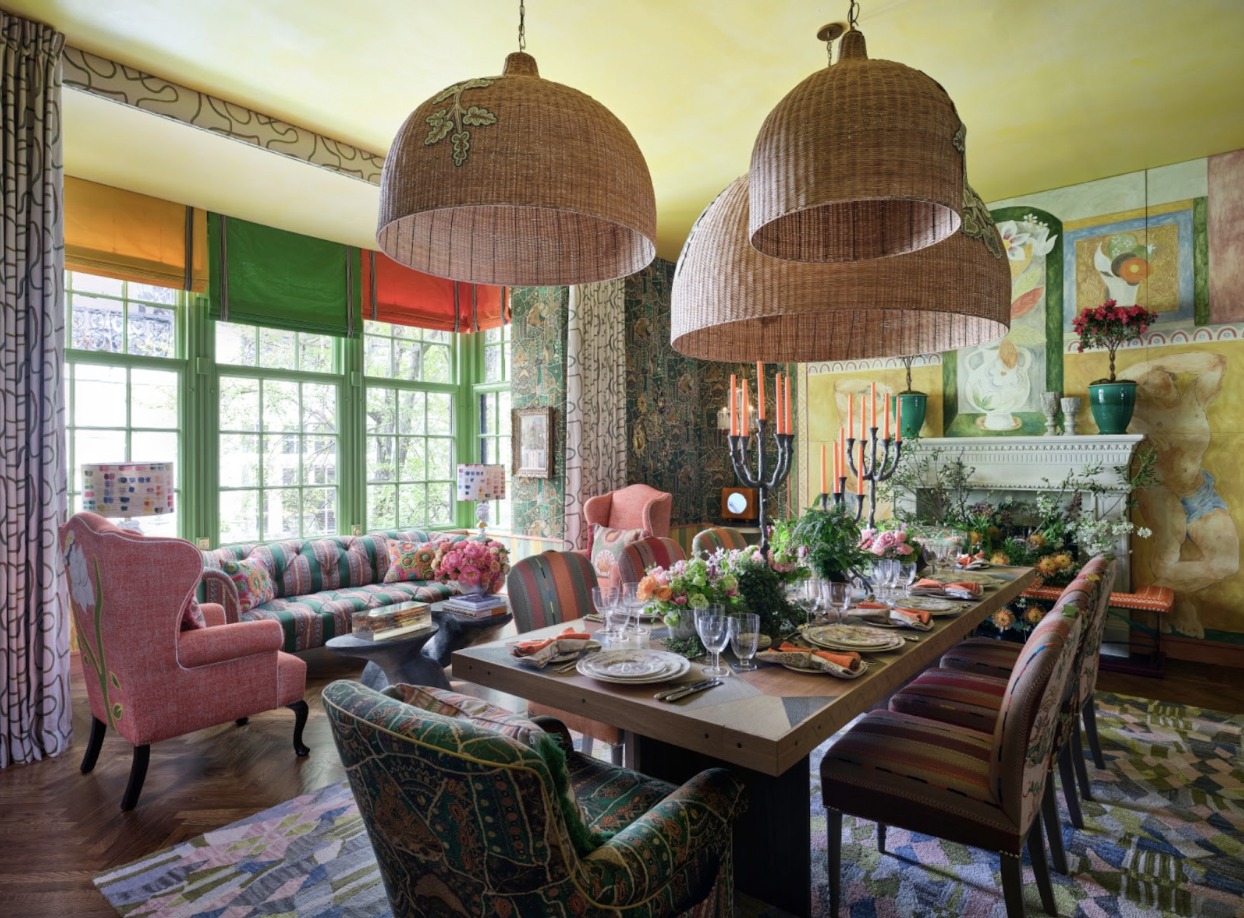
Kit Kemp’s fantastical dining room for the 2024 Kips Bay Decorator Show House. Photo credit: Nickolas Sargent
Michelle Gershon chose a meditation on black and white for her bar at the 2024 Kips Bay Decorator Show House. Photo credit: Nickolas Sargent
Decidedly feminine in pink with grey counterpoints defined Shawn Henderson’s bedroom for the 2024 Kips Bay Decorator Show House. Photo credit: Nickolas Sargent
Earlier this month, I was invited to a press-preview visit of this year’s Kips Bay Decorator Show House, with Jessica Napp, Director of Publicity at Rizzoli New York, as my date. And once again, the designers didn’t disappoint. Kit Kemp’s dining room, Michelle Gershon’s bar and Shawn Henderson’s bedroom were standouts.
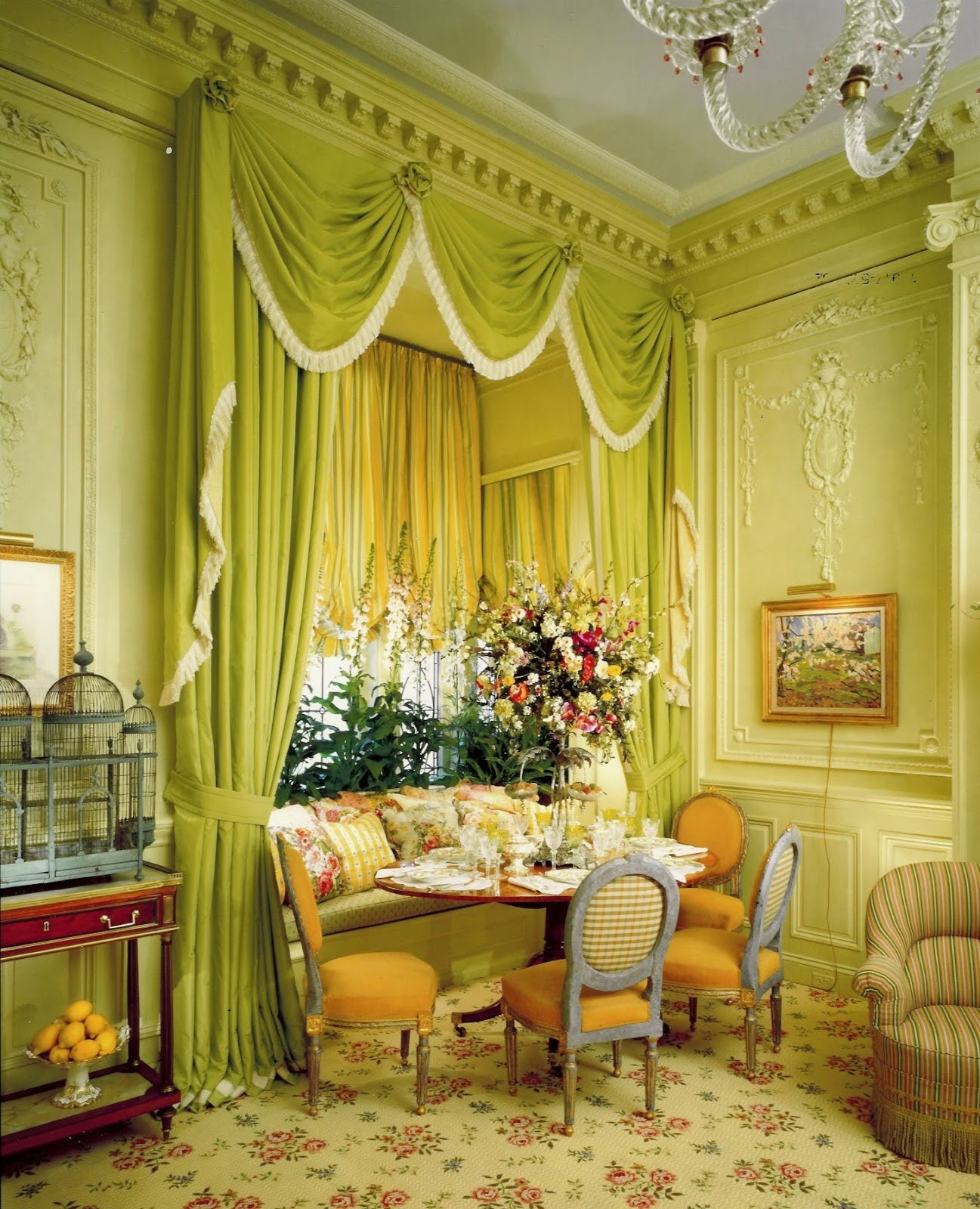
Turning back the clock 25 years: Scott Salvator, for the 1999 Kips Bay Decorator Show House. Photo credit: The New York Times
I remember visiting the event in 1999, when I conversed with decorator Scott Salvator, telling me about the pea-green, swag-and-jabot confection he had created for the Kips Bay Decorator Show House that year, which garnered high praise. I asked him about the importance of participating, and he explained, “Kips Bay is the Academy Awards of the interior design industry. Pulling out all the stops and creating a memorable room can launch a successful career. History proves that to be true.”
I decided to test that hypothesis by contacting a few designers who recently participated in show houses to get their views. Here is what a few of them had to say:
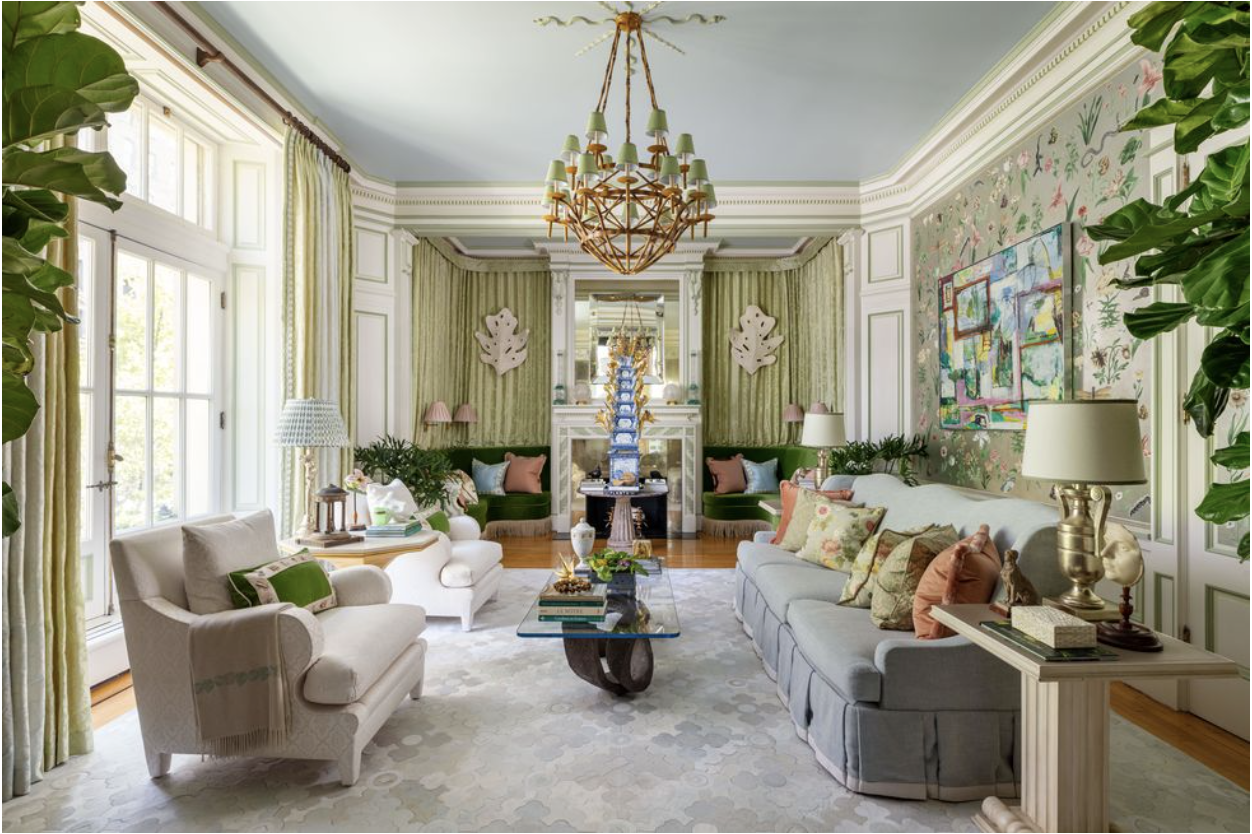
Timothy Corrigan’s Family room for the 2023 Kips Bay Decorator Show House. Photo credit: Nickolas Sargent
Timothy Corrigan on the financials: “Design show houses can be great fun and are a terrific way for younger and up-and-coming design firms to establish themselves in the market. But they take a lot of time away from your core business, and the costs can eat up the entire marketing budget for a year, so an established media partner must be involved with the show house to leverage your participation. If you rely only on the people who visit the show house to see your work, the cost of your involvement might not cover the cost of time and money. It’s best to go in with a clear understanding of the financials.”
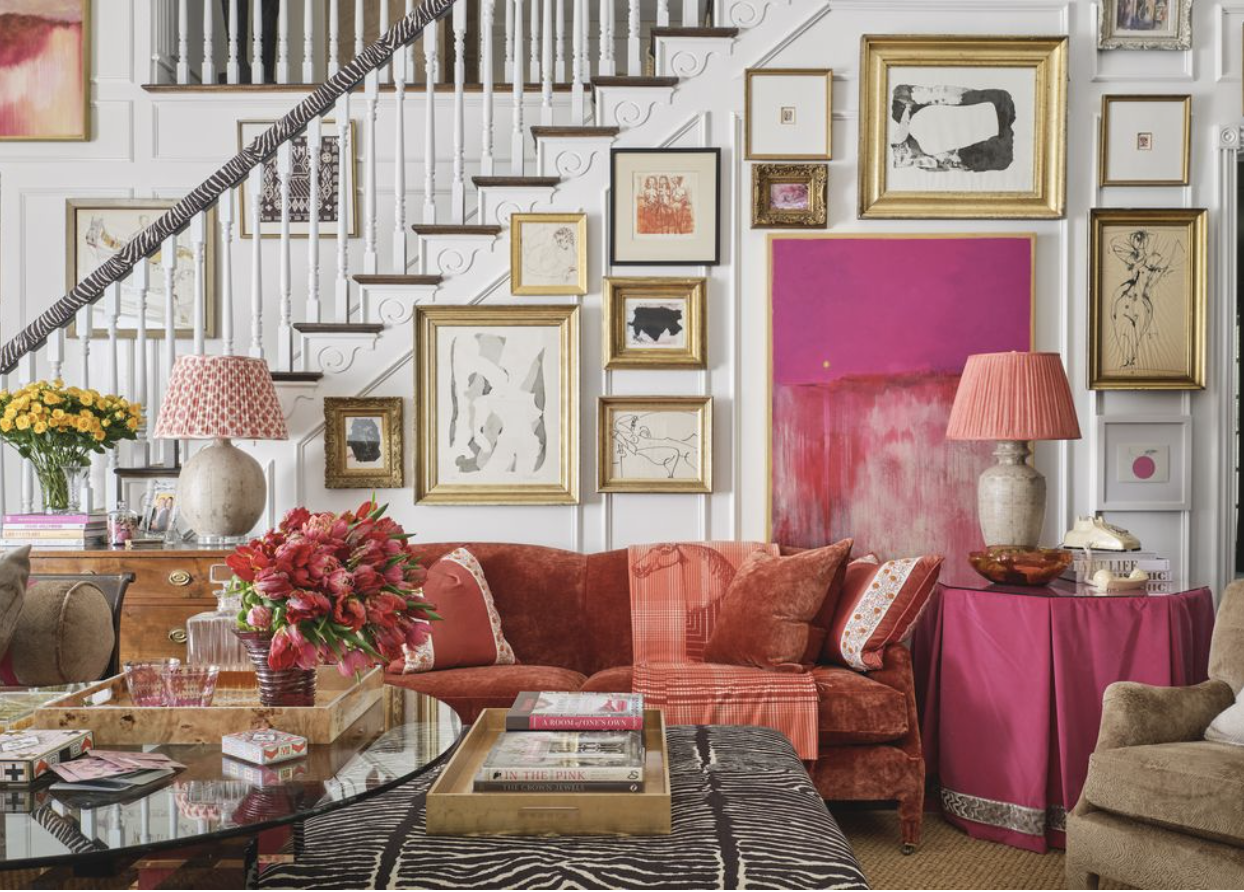
Amanda Lantz for the 2019 Kips Bay Decorator Show House in Dallas, Texas. Photo credit Stephen Karlisch
Amanda Lantz, on landing a new client: “Participating in Kips Bay in Dallas, Texas, has been a true highlight of my career. From a marketing perspective, it added to my portfolio and put my work on a national platform. From a business perspective, one of my best and favorite clients first saw my work at Kips Bay. I’m working on three projects for this family and having so much fun with them! Although doing a show house is an extreme investment in time and money, focusing on making your assigned space livable, relatable and reflective of your personal design aesthetic will be well worth the hard work! I firmly believe in participating in showhouses to grow your brand and business.”
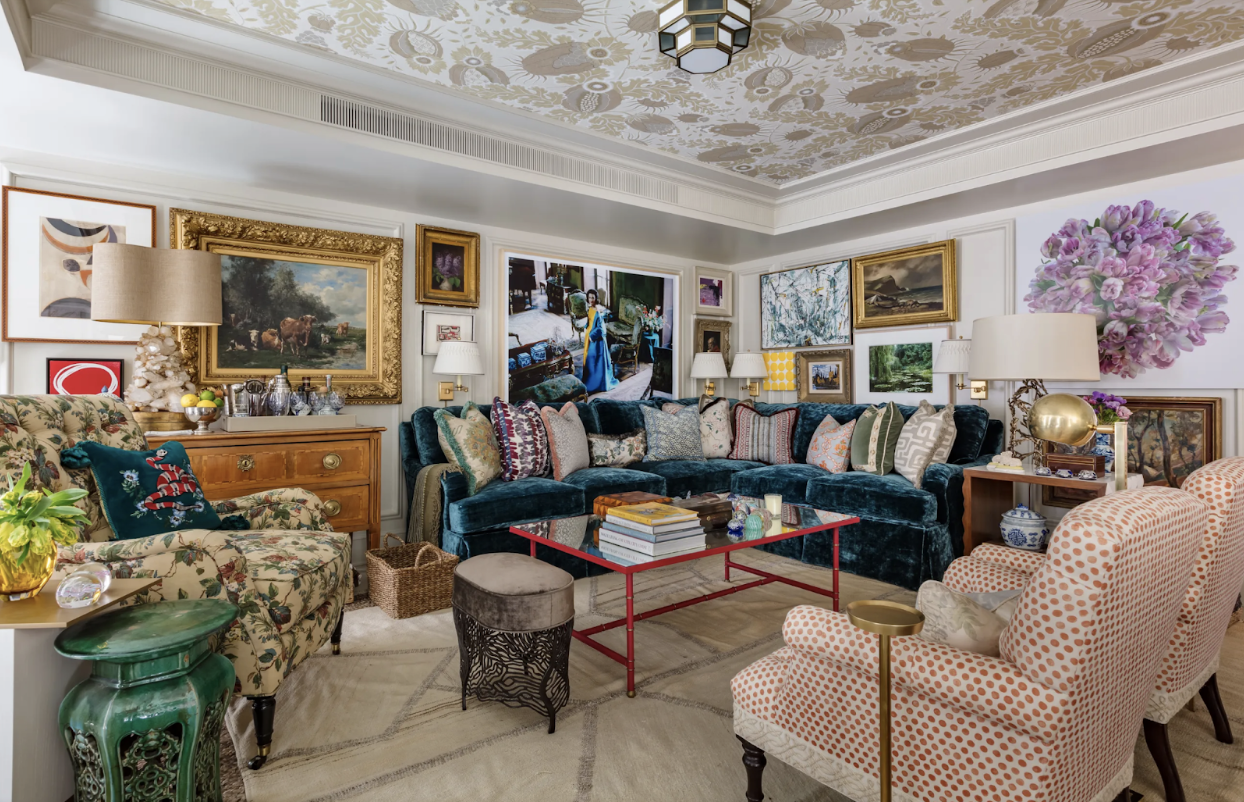
Philip MItchell’s sitting room for the 2018 Kips Bay Decorator Show House, which drew inspiration from the life of Lee Radziwill. Photo credit: Nickolas Sargent
On exposure and a book deal, Philip Mitchell said, “I would say the key benefit was the exceptional exposure it provided. By showcasing our work in person, we connected with numerous industry professionals, suppliers, colleagues and potential clients, allowing them to experience our firm’s work firsthand and to get a sense of our personalities. This alone was an incredible opportunity that you could not get anywhere else. Additionally, we made new relationships with suppliers and showrooms, expanding our network.
“Moreover, the show house offered unparalleled media exposure. With top national and mainstream outlets, magazine editors, digital content creators and various smaller media platforms in attendance, our firm gained significant visibility and awareness. As a result, we were featured in numerous design magazines, both in print and online. Moreover, the expanded awareness of my firm helped capture Rizzoli's attention, leading to our book with them.”
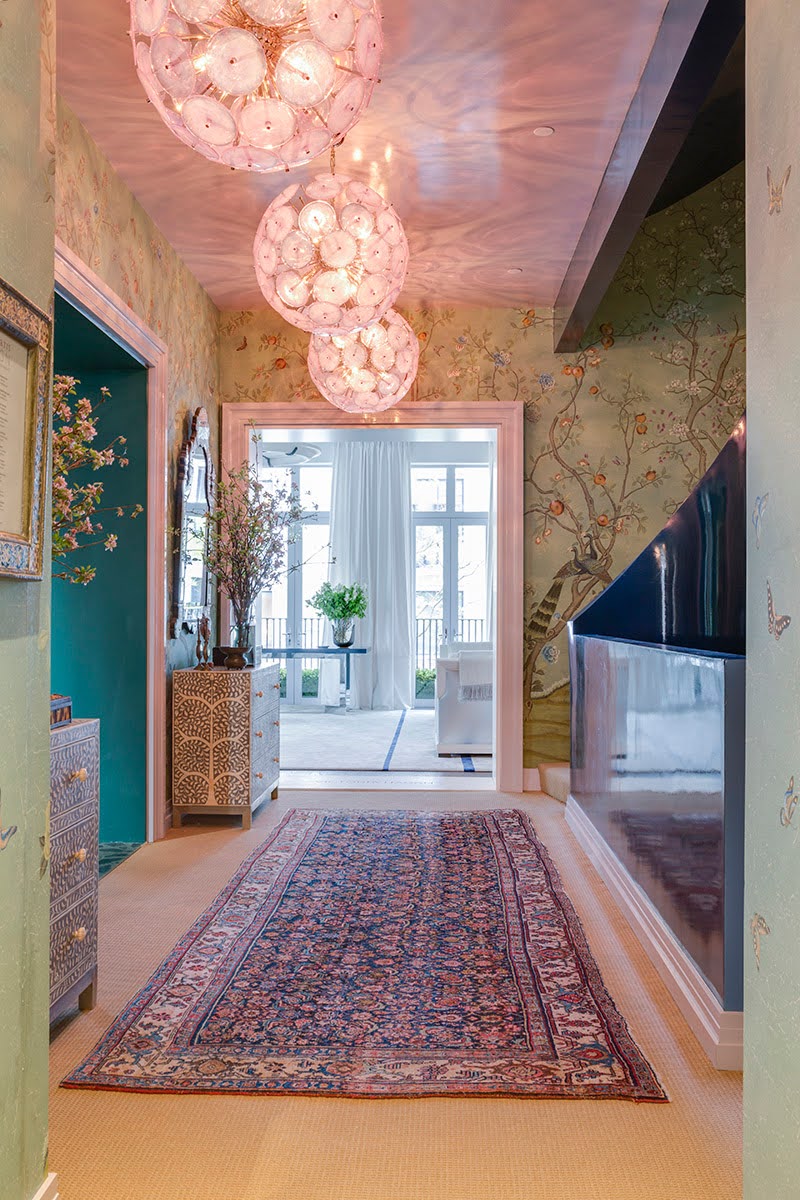
Designer Kati Curtis tackled the staircase with flair for the 2016 Kips Bay event. Photo credit: Kati Curtis
On the importance of remaining present, Kati Curtis said, “Being chosen as a designer for the Kips Bay Decorator Show House signifies an esteemed milestone that, in my view, is an essential achievement for any interior design firm. Having the privilege to participate in this event entails a substantial commitment, not just financially but also to dedicating considerable time and resources from you and your team.
“That said, if you are fortunate enough to join this prestigious group, I advise making the most of the opportunity by being present in your space throughout the duration of the show. This allows you to engage with the media and potential clients directly.”
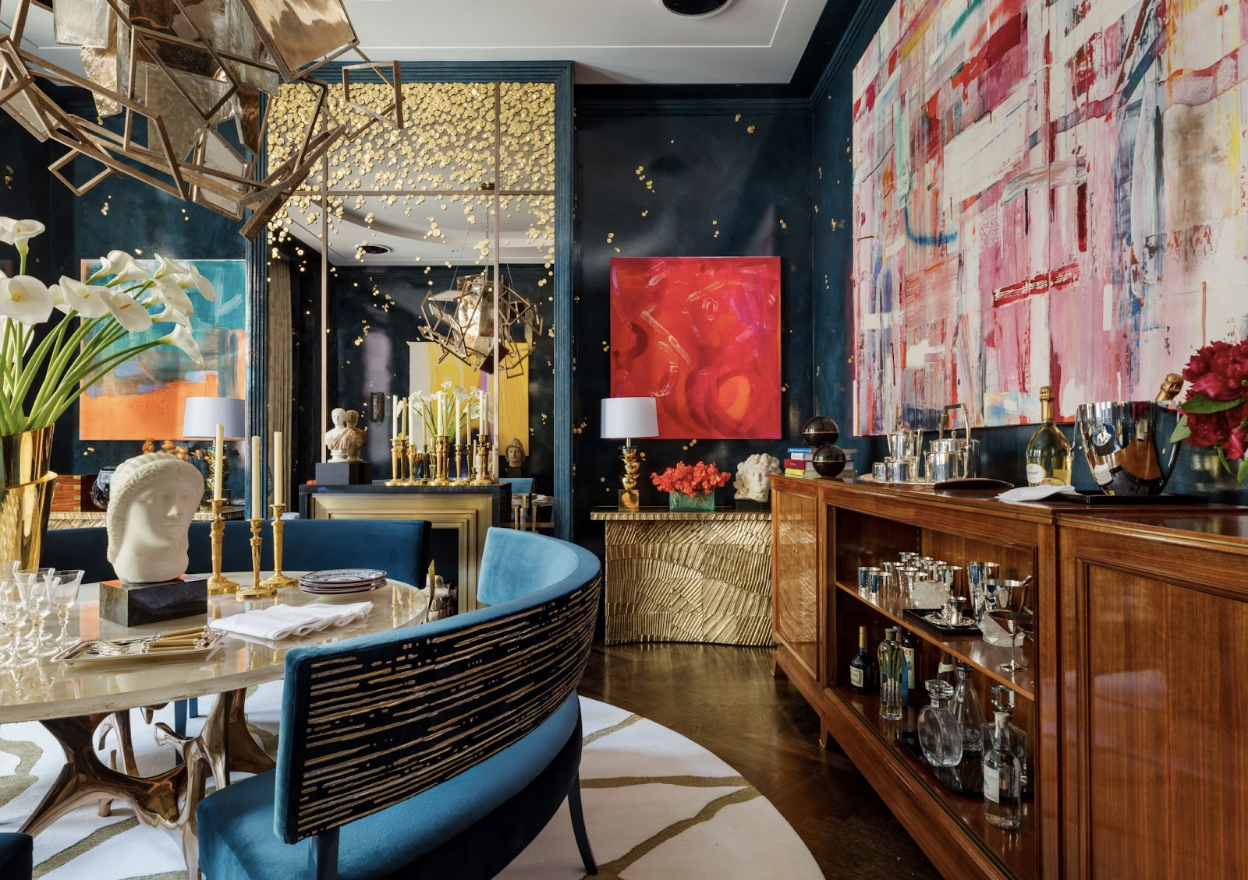
Ellie Cullman’s celestial dining room for the Kips Bay Decorator Show House. Photo credit Nickolas Sargent
For an industry legend’s perspective, I asked Ellie Cullman of Cullman and Kravis to share her thoughts on the charitable component of show houses. She explained: “Often, participation will not bear immediate fruit, but I am always struck by clients that saw one of our past rooms and connected with us years later. And show houses donate proceeds to charity. For example, the Kips Bay Decorator Show House supports after-school programs for 10,000 children ages 6-16 in the Bronx. So while designers promote their work, they are also doing good.”
…………………………………………
As a design journalist and book author, I have one final thought: Designers looking to establish themselves in the age of social media are well served by spending the time, energy and expense to participate in show houses.
Documenting the experience with before and after shots, process shots and videos, and plenty of vignette images creates content you can share now and in the future. I’ve discovered many design firms on Instagram, seeing photos of their show house rooms. Follow me, and I’ll follow you back so I don’t miss your work!
Stay updated on this series author, Carl Dellatore, by following his Instagram. About Carl Dellatore & Associates – provides designers, architects, and creatives with writing, editing, and copyediting services by an established team to effectively reveal your story.
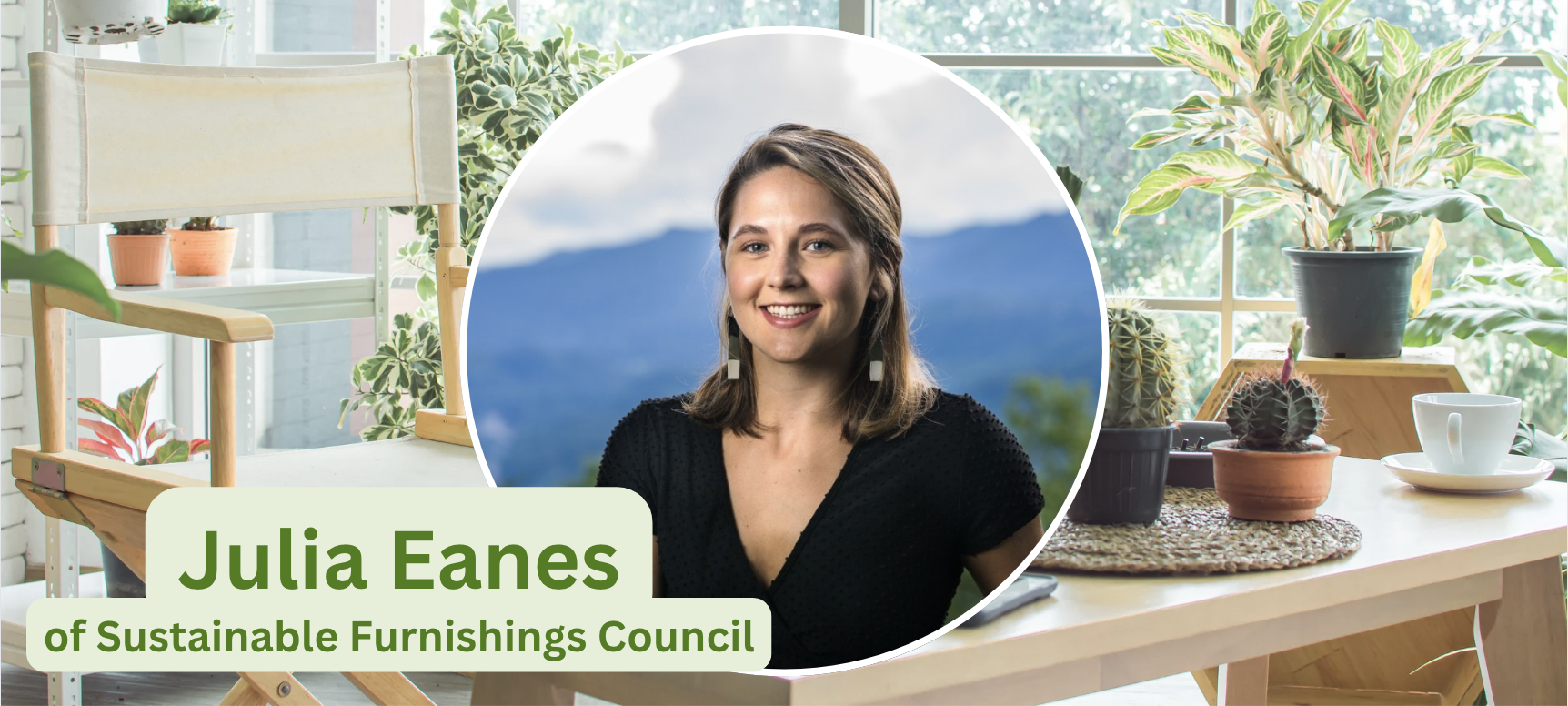
Integrating Environmentally Friendly Practices in Your Interior Design Business
By Lindsay Field Penticuff
Julia Eanes remembers attending her first-ever
High Point Market when she was about 16 years old.
Held in High Point, North Carolina, the market features an extensive selection of home furnishings exhibitors spanning every category, style and price point, and attracting tens of thousands of visitors from more than 100 countries to the area twice each year.
Eanes was raised in High Point, so it wasn’t uncommon for her friends to have parents and family members engrossed in not only the market but the home furnishings industry.
“We’d get passes from friends and family,” she recalls, “and there’s usually a concert there, so growing up, I always wanted to go to the concert.”
Today, Eanes practices interior design part time while working full time as a marketing specialist with the
Sustainable Furnishings Council, an organization founded in 2006 and dedicated to transforming the home furnishings industry into a beacon of sustainability with a mission to bring transparency, literacy and action to reduce the industry’s environmental impact. They serve nearly 200 members.
She studied sustainable development and anthropology in college at Appalachian State University.
“I’ve always been someone who really enjoys being outdoors and in the environment, learning about biology and different types of environmental sciences, which sparked my interest in sustainability at a young age,” she says.
She was introduced to the study of sustainable development while at App State and tacked on a second degree in anthropology so that she could also study different cultures and cultural attitudes.
“Growing up in High Point, I didn’t want to just go get an interior design degree,” Eanes says. “I wanted to be a little different. As an adult, I’ve been able to mesh my passions for sustainability and anthropology with interior design, in particular in the home furnishings industry.”
We had the pleasure of interviewing Eanes recently, learning more about her work with the council and her passions for sustainability, anthropology and interior design, as well as how she’s seeing a positive change in the ways interior designers are integrating more sustainable options into their work nowadays.
Can you share a standout experience from the Spring 2024 High Point Market that particularly resonated with you in terms of sustainable design or practices?
“I thought it was fascinating, because a lot of different showrooms, manufacturers and suppliers were displaying pieces from old collections or archived textiles from like 100 years ago; recreating new fabrics with them and reupholstering furniture from the 1960s, so there was a lot of ‘what’s old is new.’ There was a big emphasis on bringing back old or recycled materials, or repurposing those collections, which I thought was really cool. I saw that throughout a lot of different showrooms—almost like a theme.”
Was it refreshing to see them revisit the reduce, reuse, recycle concepts?
“Yes. Interior design is inherently not a very sustainable industry. I think a lot of people just want to update or stay on trend. I even attended a panel talking about the predictions of trends and textiles, and half of the panel was discussing biomimicry and circularity, with a big emphasis on nature and nontoxic materials and how this is not only a trend, but it’s starting to be a foundation as new generations enter the field. My generation and younger believe that good design is sustainable and nontoxic. It’s something we expect to see nowadays.”
Given your background in sustainable development, anthropology and interior design, how do you believe these disciplines intersect and contribute to your role in promoting sustainability within the furnishings industry?
“Anthropology is really useful, because it gives me a better way to get more insights into cultural attitudes, especially when it comes to things like consumption and sustainability. Within the home furnishing industry, there are generations of different age groups, so it’s important to be able to communicate effectively with somebody who is significantly older than me and grew up in the 70s when sustainability was something you would just hear about occasionally, but it wasn’t talk about regularly like today. Having that background helps me communicate effectively and do more storytelling. I think sustainability is about storytelling and how people can market that effectively.
“I also believe my interior design certificate has helped me learn a lot of industry knowledge, which helps me better communicate with clients, customers and stakeholders in the industry. At the council, a lot of our members are interior designers. We are a conglomerate of a variety of industry workers, but designers are a big part of SFC.”
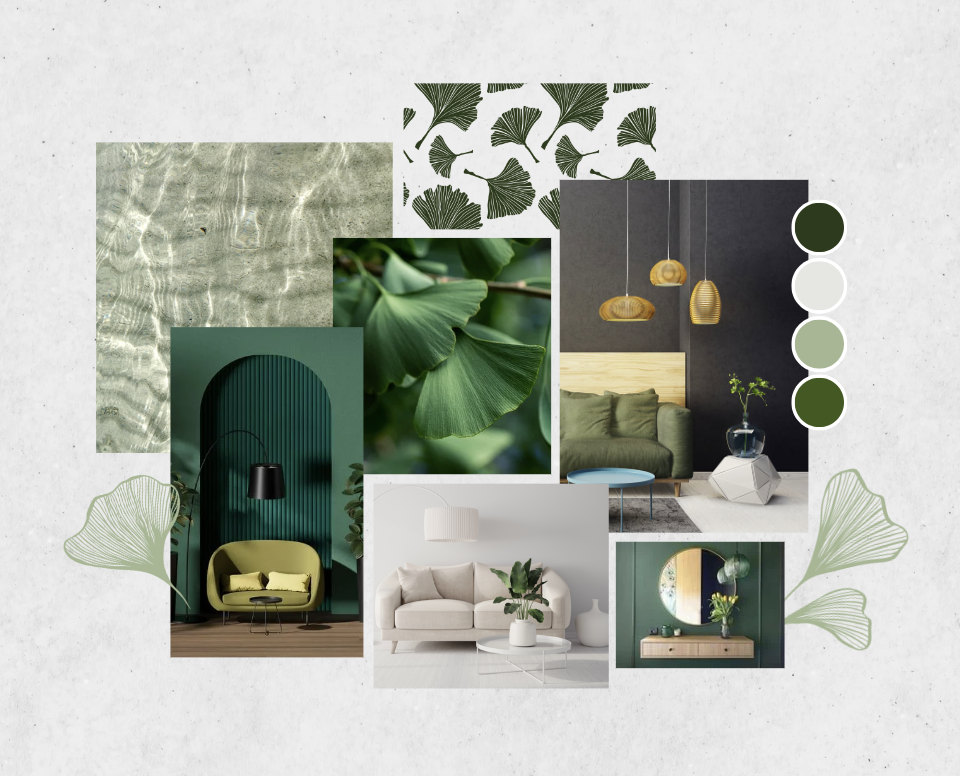 Could you discuss a project or campaign you orchestrated at the Sustainable Furnishings Council that you’re particularly proud of, and how it contributed to advancing sustainable practices?
Could you discuss a project or campaign you orchestrated at the Sustainable Furnishings Council that you’re particularly proud of, and how it contributed to advancing sustainable practices?
“The Wood Furniture Scorecard is where we score upward of 130 different retailers on their responsible sourcing of wood and promoting of transparency with where manufacturers are sourcing wood and making sure everything is responsibly sourced and sustainably sourced. It’s a really good tool for interior designers who are wanting to source companies and products that are sustainable. We partner with the Forest Stewardship Council on this.
“We also did a textile sample recycling initiative, in which we collected over the last two years, 3,276 pounds of textile waste that was going to be thrown away. We collected and cleaned all the samples of grommets and stickers, then we sent the samples to someone who turned it into non-virgin products or insulation, and even some yarn.”
In your view, what are some emerging trends in sustainable furnishings, and how do you anticipate they will shape the industry’s future direction?
“I think a lot of people are very interested in seeing what companies can offer, whether it’s product longevity or repairability, or if a product is something that can be recycled at end of life. A lot of circular design is starting to become more popular. I believe there’s also more of an emphasis on biomimicry and having the nature aspect, and bringing in the calming effect of nature inside a space.”
How do you leverage your certification in interior design to merge creativity with sustainability in your work at the Sustainable Furnishings Council?
“Because so many of [SFC’s] members are interior designers, it helps me communicate more effectively with them and better understand the trends and details within the industry. Having an interior designer’s perspective gives me more insight into how a sustainable product might actually be used or how successful a product might be in a designed space. I also have knowledge about how products are manufactured and sourced.”
Given the increasing emphasis on eco-friendly practices, what role do you see marketing and communications playing in driving widespread adoption of sustainable furnishings?
“There is a big problem with greenwashing within the industry, but being able to market the sustainability aspects seems like a very important investment. Marketing helps raise awareness and shape perceptions of consumers’ behaviors. We have to be able to tell compelling stories and highlight the benefits of the sustainability and/or an eco-conscious lifestyle. I think it’s important for someone like a retailer to share not only who they are buying from, but why they are buying from a certain manufacturer. ‘I’m choosing you, because I know you care about conserving water at your plant.’ Being able to have that transparency really affects consumption, and marketing that is important.”
Looking ahead, what are your aspirations for the furnishings industry in terms of sustainability, and how do you envision yourself contributing to those aspirations?
“I envision the future fostering a culture of sustainability that prioritizes not only the planet, but people. It goes hand in hand. My vision is to make sustainability a norm rather than an expectation. Make it the foundation of how we do business; really bring in the whole industry to be more sustainable.”
What advice would you like to share with new and seasoned interior designers?
“There’s a lot of great resources out there, and it’s getting easier and easier to find educational tools, such as certifications and online courses. There’s a lot of free tools that I’d encourage people to find and use, and don’t be intimidated. Don’t let yourself get too overwhelmed with it.
“Find something you care about and determine how you can incorporate it into your business. For example, consuming less waste or being more intentional about what you’re consuming and where your waste is going. Take it in bite-size pieces. There are a lot of different aspects of sustainability, and SFC isn’t here to be the police. We are here to help people understand, grow and learn how they can do better.”

Design Delights Await: Explore Design Viewpoint Today!
Discover a treasure trove of inspiration and insight at
Design Viewpoint, your ultimate destination for all things interior design. Dive into our captivating
"Some Thoughts On..." series, written by
Carl Dellatore, offering fresh perspectives on industry trends and timeless principles. From problem-solving to the nuances of design, each article invites you to expand your horizons and embrace the artistry of interior design. But that’s not all—embark on a virtual journey with our
Passport to Design video series, hosted by the talented
Christina Richardson. Join us as we unravel the secrets of success with industry luminaries and renowned designers. Design Viewpoint is your hub for articles, videos, and podcasts.
Don’t miss out—subscribe to our new DSA YouTube channel, and follow us on Instagram and Facebook for daily doses of design inspiration.
 We're thrilled to announce the launch of our brand new DSA LinkedIn account! Follow us there for the latest updates, insights, and community engagement. Let's connect and grow together professionally!
We're thrilled to announce the launch of our brand new DSA LinkedIn account! Follow us there for the latest updates, insights, and community engagement. Let's connect and grow together professionally!



 If my memory serves me correctly, I attended the Kips Bay Decorator Show House in New York City for the first time in 1988, and while I can’t remember the designers who participated that year, I vividly recall how awestruck I was. And so short of the pandemic years (and one year I was out of town for work), I have attended every year since.
If my memory serves me correctly, I attended the Kips Bay Decorator Show House in New York City for the first time in 1988, and while I can’t remember the designers who participated that year, I vividly recall how awestruck I was. And so short of the pandemic years (and one year I was out of town for work), I have attended every year since.
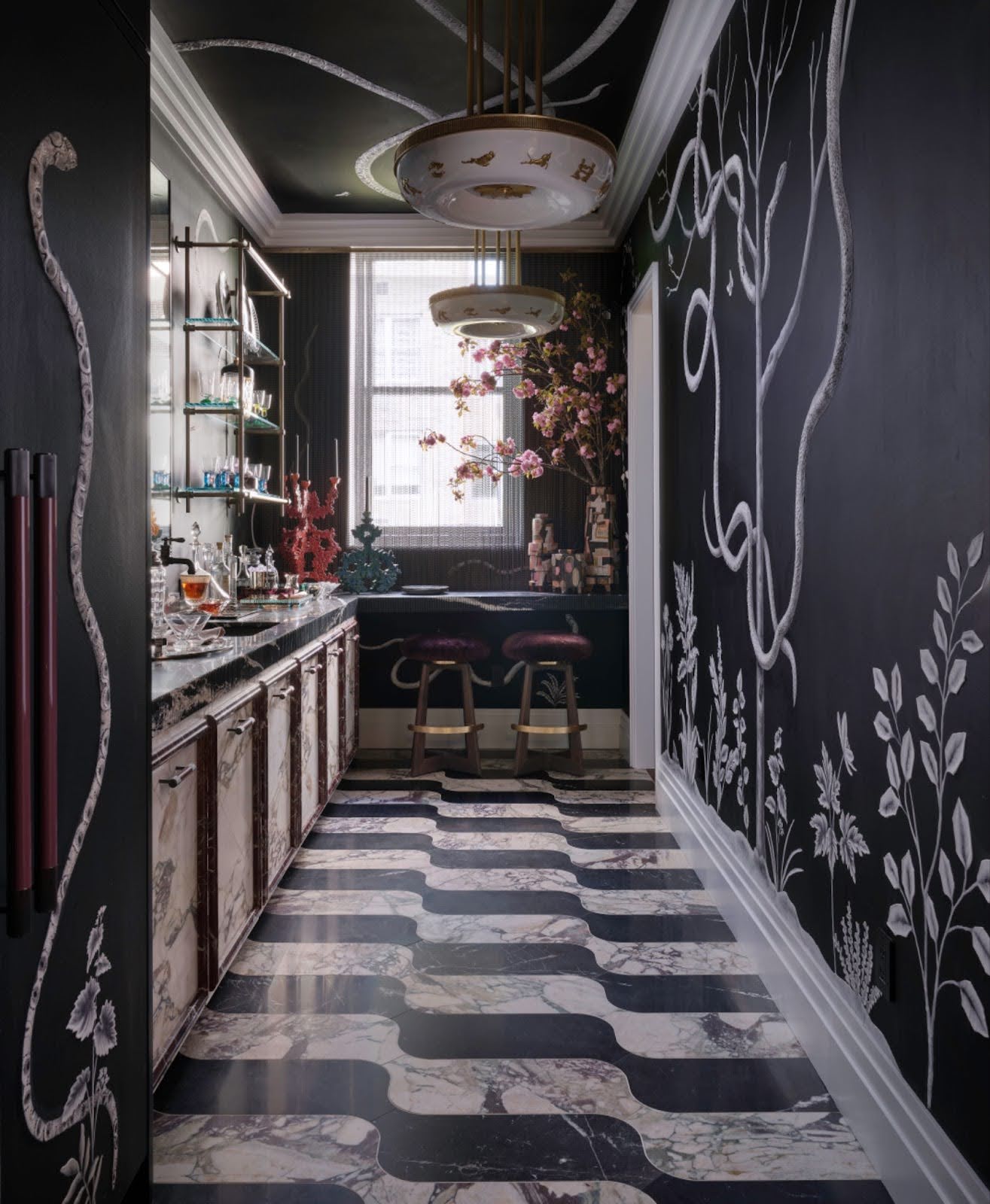
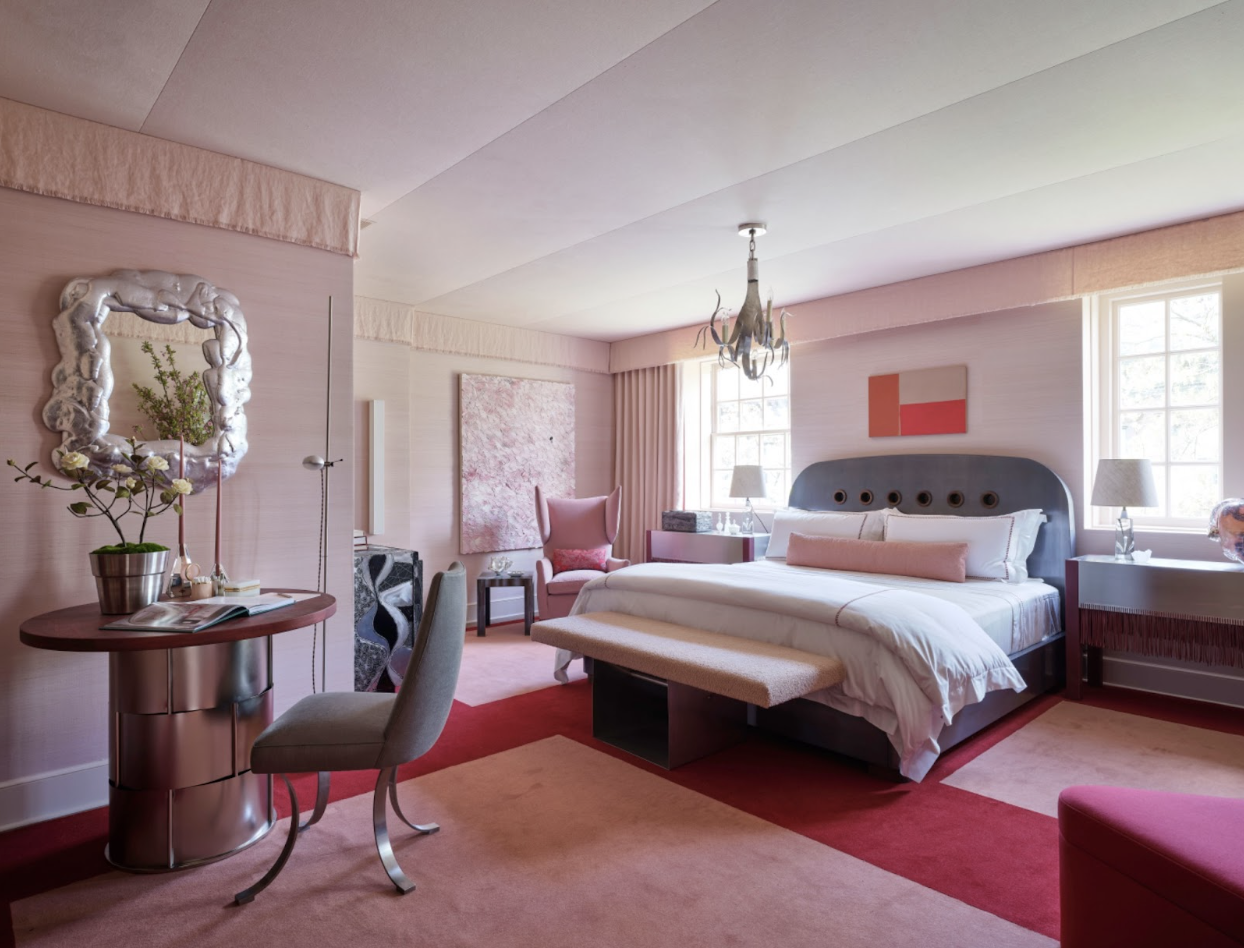







 Could you discuss a project or campaign you orchestrated at the Sustainable Furnishings Council that you’re particularly proud of, and how it contributed to advancing sustainable practices?
Could you discuss a project or campaign you orchestrated at the Sustainable Furnishings Council that you’re particularly proud of, and how it contributed to advancing sustainable practices?
 We're thrilled to announce the launch of our brand new
We're thrilled to announce the launch of our brand new 


